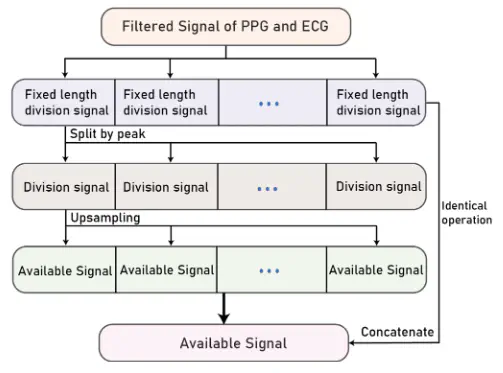Cuffless blood pressure estimation based on composite neural network and graphics information

Abstract
Blood pressure (BP) assessment and dynamic detection are of great significance for timely detection of the morbidity of hypertension, which is a major risk factor for most cardiovascular diseases (CVDs). It has been proved that the dynamic BP can be effectively predicted by using the combined input of photoplethysmogram (PPG) and electrocardiographic (ECG) signals. In this paper, we proposed a hybrid neural network architecture, which contains CNN-Sequential-Adapt layer, ResNet25_BP layer with squeeze and excitation (SE) block and fully connected layers, for BP estimation. The structure based on the convolutional network aims at the current inputs, which can effectively absorb the graph information of the inputted biological signals and make the model more stable and reliable. We evaluated the performance of two datasets including 1216 and 40 subjects, based on the criterions of British Hypertension Society (BHS) and the Association for the Advancement of Medical Instrumentation (AAMI). According to the BHS and AAMI standards, the outputs of the model achieved grade A on BHS and met the AAMI criteria. The mean absolute errors (MAE) of systolic BP and diastolic BP are 3.70 and 2.81 mmHg in the large dataset, and 1.37 and 0.93 mmHg in the small dataset, respectively.